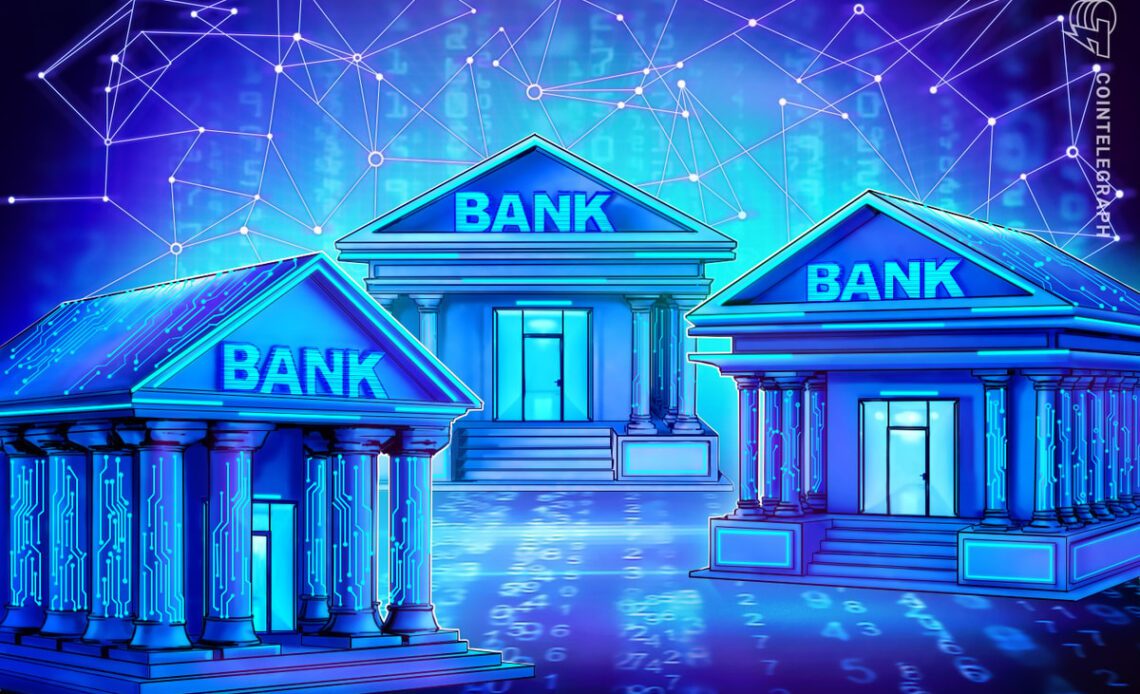Digital banking, also known as online banking or e-banking, refers to the delivery of financial services through digital channels such as the internet, mobile devices and automated teller machines (ATMs). Digital banking has become increasingly popular in recent years, but its origins can be traced back several decades.
Here’s a brief history of digital banking.
Early automation (1960s to 1980s)
The first forms of digital banking can be traced back to the 1960s, when banks began using mainframe computers to automate various banking functions such as check processing and customer account management. In the 1980s, banks started offering dial-up services that allowed customers to access their accounts through their home computers.
In the 1960s, Bank of America introduced the first ATM, which allowed customers to withdraw cash from their accounts without needing a bank teller. Also, In the 1980s, Citibank introduced the first online banking system, which allowed customers to access account information and perform basic transactions through a dial-up connection.
Related: The history and evolution of the fintech industry
Introduction of online banking (1990s to 2000s)
Online banking portals were developed due to increased internet use in the 1990s and 2000s. Banks started creating online portals to enable consumers to see account balances, transfer money and pay bills from their home computers. Online banking quickly became a preferred option for many people due to its convenience.
For instance, in 1994, Stanford Federal Credit Union became the first financial institution to offer online banking to its members, and in 1996, Wells Fargo became the first bank to provide online banking to its customers.
Mobile banking (2000s to present)
The proliferation of smartphones in the late 2000s and early 2010s led to the emergence of mobile banking. Banks began offering mobile apps that allowed customers to access their accounts from their smartphones, enabling them to check account balances, transfer funds, and pay bills on the go. Today, mobile banking has become an essential part of the digital banking landscape.
In 2007, USAA Federal Savings Bank became the first bank to offer mobile banking through its mobile app. Today, virtually every major bank offers a mobile banking app that allows customers to perform a wide range of transactions, from checking account balances to depositing checks.
Integration of new technologies (present to future)
Technological advancements like…
Click Here to Read the Full Original Article at Cointelegraph.com News…
























